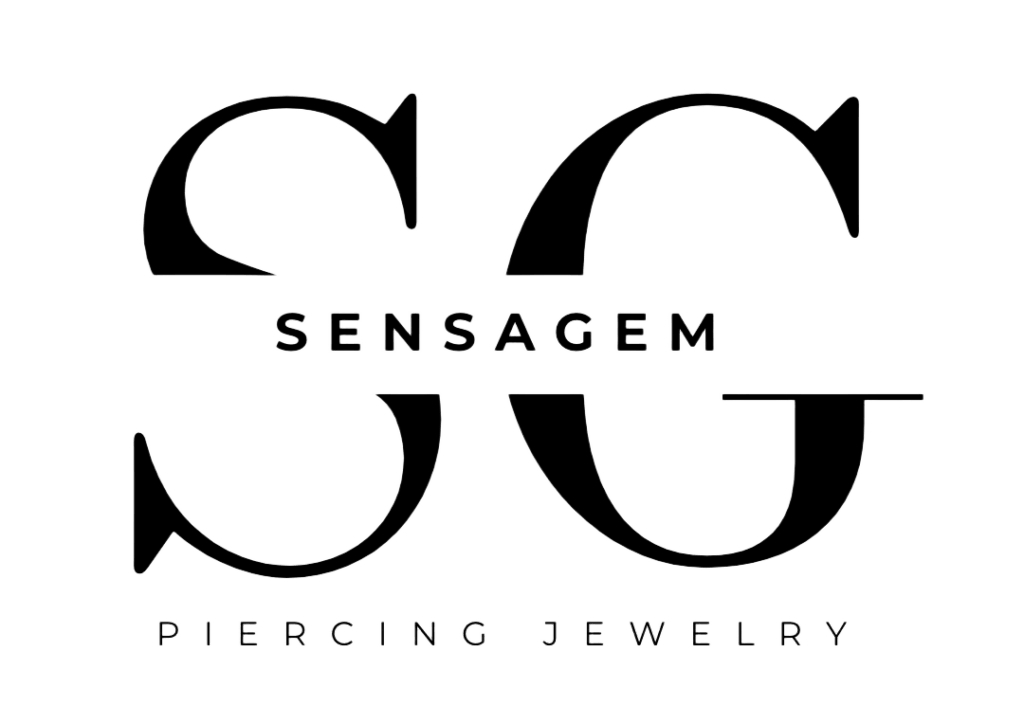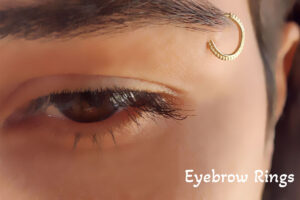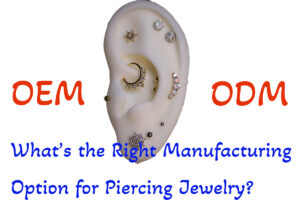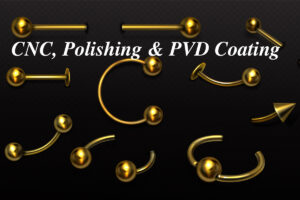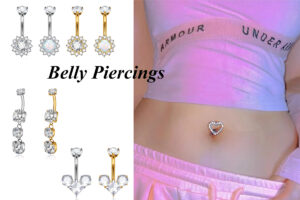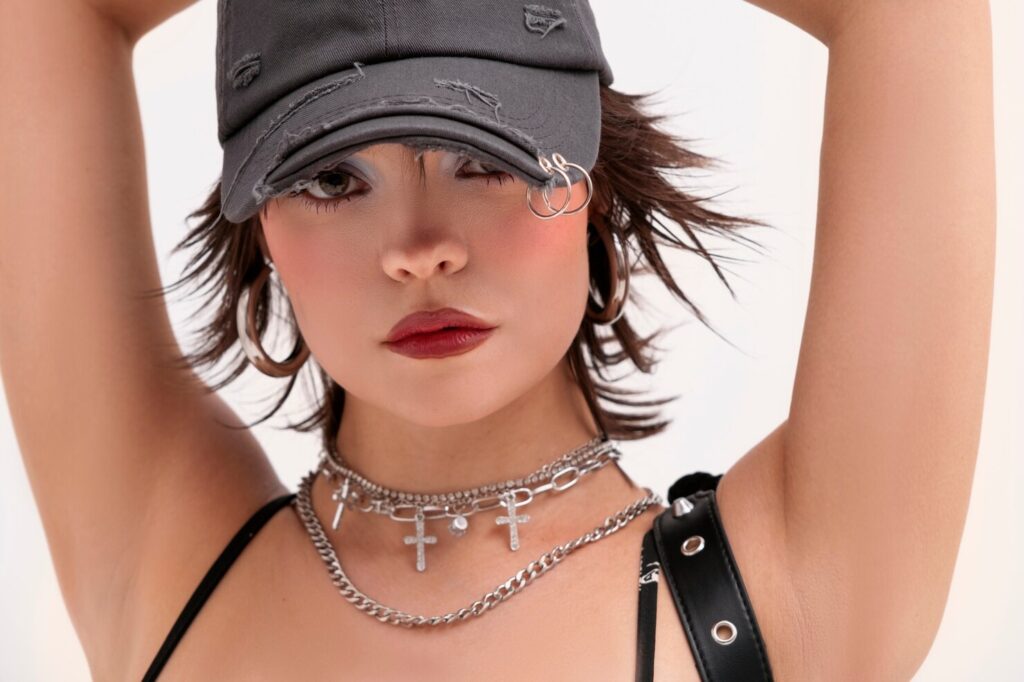
Ancient Origins of Piercing Jewelry
Body piercing has been a part of human culture for over 5,000 years. Archaeologists discovered pierced ears on “Ötzi the Iceman,” a mummified body dated back to 3300 BCE. Ancient Egyptians wore earrings and nose rings as symbols of wealth and social status, while African tribes used lip plates to signify beauty and maturity.
In South Asia, nose piercings date back to the 16th century, with deep cultural ties to marriage and spirituality. Across the Americas, indigenous peoples used piercing as a rite of passage. These ancient practices demonstrate piercing’s profound historical and cultural significance.
Evolution Through the Ages
The meaning of piercing evolved over time, influenced by migration and societal changes. In the Middle Ages, earrings were worn as fashion statements among European nobility. By the 20th century, piercings became a form of rebellion, embraced by subcultures like punks and goths.
Hoy, piercings are widely accepted as both a personal and aesthetic expression. Jewelry styles have evolved from basic hoops and studs to intricate designs, often incorporating gemstones or custom-made details.
Cultural Significance Across Different Societies
Body piercings are more than adornments; they reflect identity and heritage. Por ejemplo:
•India: Nose rings symbolize marital status and are linked to Ayurveda, believed to enhance health.
•Africa: Lip and ear piercings often signify tribal affiliation and social hierarchy.
•Western Societies: Piercings are now a mainstream fashion statement, popularized by celebrities and influencers.
Each society’s approach reflects its unique cultural values and traditions.
Materiales utilizados en joyas de perforación
Throughout history, the materials used for piercing jewelry have been diverse, ranging from natural elements to modern metals:
•Ancient Materials: Bone, wood, and stone were common in early tribal jewelry.
•Precious Metals: Gold and silver became prominent in ancient Egypt and medieval Europe.
•Modern Innovations: Hypoallergenic materials like titanium and surgical-grade stainless steel dominate today’s market due to their safety and durability.
Modern Trends in Piercing Jewelry
Recent trends showcase bold and minimalist designs:
•Stackable earrings and curated ear piercings are popular among younger demographics.
•Septum piercings, once niche, are now mainstream.
•Glow-in-the-dark and bio-compatible materials are emerging as innovative options in contemporary designs.
Social media has fueled these trends, making body jewelry an integral part of personal branding and style.
Market Growth and Industry Statistics
The global piercing jewelry market has seen tremendous growth, valued at USD 59.8 billion in 2023, and is projected to reach USD 91.44 billion by 2030, growing at a CAGR of 6.6%.
•América del norte: Accounts for USD 25.12 billion in revenue.
•Europa: Holds a significant share at USD 19.14 billion.
These figures highlight the industry’s expansion, driven by changing consumer attitudes and increasing demand for high-quality products.
Health and Safety Considerations
While piercings are widely practiced, hygiene is crucial to avoid complications. Key recommendations include:
•Using Sterile Equipment: Ensure needles and tools are sterilized.
•Choosing Biocompatible Materials: Opt for hypoallergenic options like titanium.
•Following Aftercare Guidelines: Clean piercings with saline solution to prevent infections.
FAQs About Piercing Jewelry
What is the history of body piercings?
Body piercing dates back to ancient times, with evidence across cultures like Egypt, Africa, and South Asia.
What materials are commonly used for piercing jewelry?
Históricamente, bone, wood, oro, and silver were common. Hoy, stainless steel and titanium are favored for safety.
How has the perception of body piercings changed?
Piercings transitioned from tribal and spiritual symbols to mainstream fashion accessories, influenced by pop culture.
What are the most popular types of piercings?
Earlobe and cartilage piercings dominate, followed by nose and septum piercings. Unique trends like dermal piercings are gaining popularity.
What health risks are associated with piercings?
Infections and allergic reactions are common risks. Proper hygiene and high-quality jewelry minimize these concerns.
By exploring the past and present of piercing jewelry, this blog celebrates its rich history and showcases its evolving role in self-expression and culture. For premium-quality piercing jewelry, visita Sensación to find the perfect designs for your needs.
